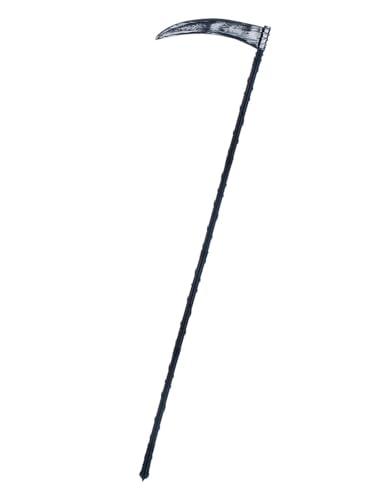Reducing the Carbon Footprint: Environmental Benefits of Using a Scythe
The scythe, a traditional tool used for centuries to cut grass and crops, may seem outdated in today’s age of modern machinery and technology. However, there are several environmental benefits to using a scythe that make it a viable option for certain tasks. In this article, we will explore how using a scythe can reduce carbon emissions, benefit wildlife and biodiversity, promote sustainability, improve soil health, and encourage physical fitness.
Reducing Carbon Emissions
One of the primary environmental benefits of using a scythe is its low carbon footprint. Unlike motorized machinery such as lawnmowers or tractors, a scythe does not require any fossil fuels to operate. This means that the use of a scythe contributes zero greenhouse gas emissions and helps reduce air pollution. By opting for manual labor over mechanized tools, individuals can significantly reduce their carbon footprint and contribute to mitigating climate change.
Benefiting Wildlife and Biodiversity
Using a scythe in grassy areas, meadows, or gardens can have positive effects on local wildlife and biodiversity. Motorized machinery like lawnmowers can be disruptive and destructive to various species, including insects, small mammals, and nesting birds. By using a scythe, individuals can preserve the natural habitat and provide a refuge for pollinators, birds, and other wildlife. The scythe’s gentle and low-impact cutting allows plants, flowers, and grasses to recover quickly, providing essential food and shelter for insects and animals.
Promoting Sustainability
In an era where sustainability is becoming increasingly important, using a scythe aligns with sustainability principles. Scythes are typically made from renewable materials such as wood and steel, and they can last for many years with proper care and maintenance. By choosing a scythe over a disposable tool that needs frequent fuel or electricity inputs, individuals can contribute to the conservation of resources and reduce waste. Additionally, using a scythe promotes a more self-reliant lifestyle by reducing dependence on non-renewable energy sources.
Improving Soil Health
Traditional scything techniques can improve soil health by promoting natural processes. When using a scythe to cut vegetation, the cuttings are left on the ground as mulch. This mulch acts as a protective layer, conserving moisture and nutrients in the soil, reducing erosion, and increasing organic matter content. As the mulch decomposes, it releases nutrients back into the soil, creating a fertile environment for plants to thrive. Using a scythe in a sustainable and regenerative manner can lead to healthier soils and more productive ecosystems.
Encouraging Physical Fitness
Using a scythe requires physical exertion, making it an excellent form of exercise. Pushing and swinging the scythe engages multiple muscle groups, including the arms, core, back, and legs. As a result, scything can help improve cardiovascular stamina, increase strength and flexibility, and promote overall fitness. This aspect of using a scythe not only benefits individuals but also emphasizes the strong connection between human health and the environment.






